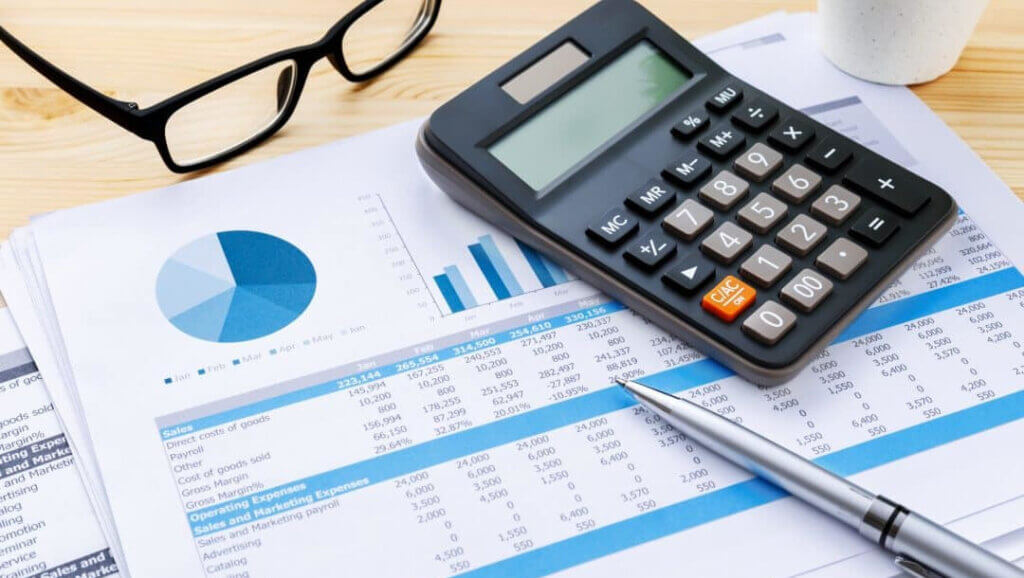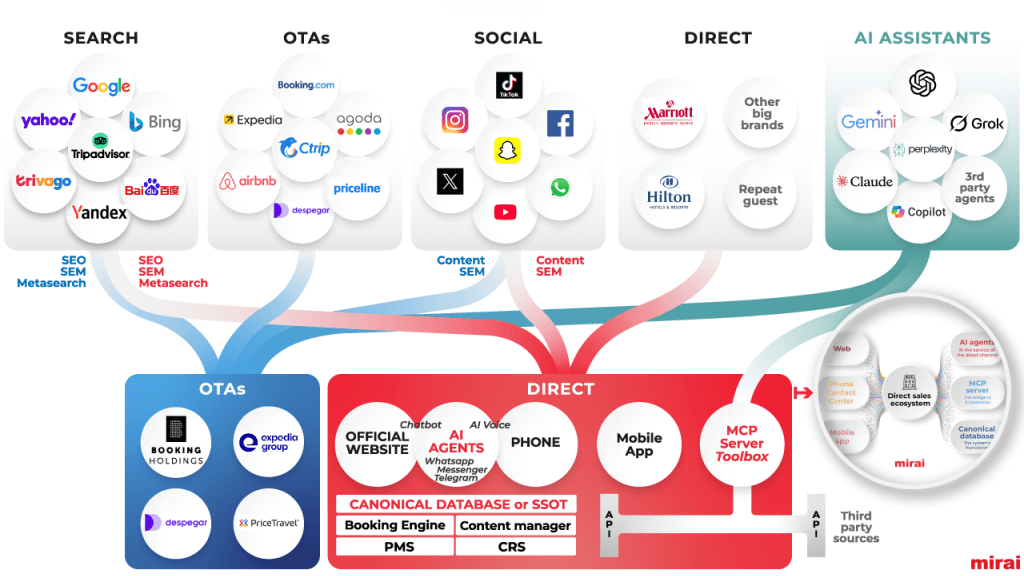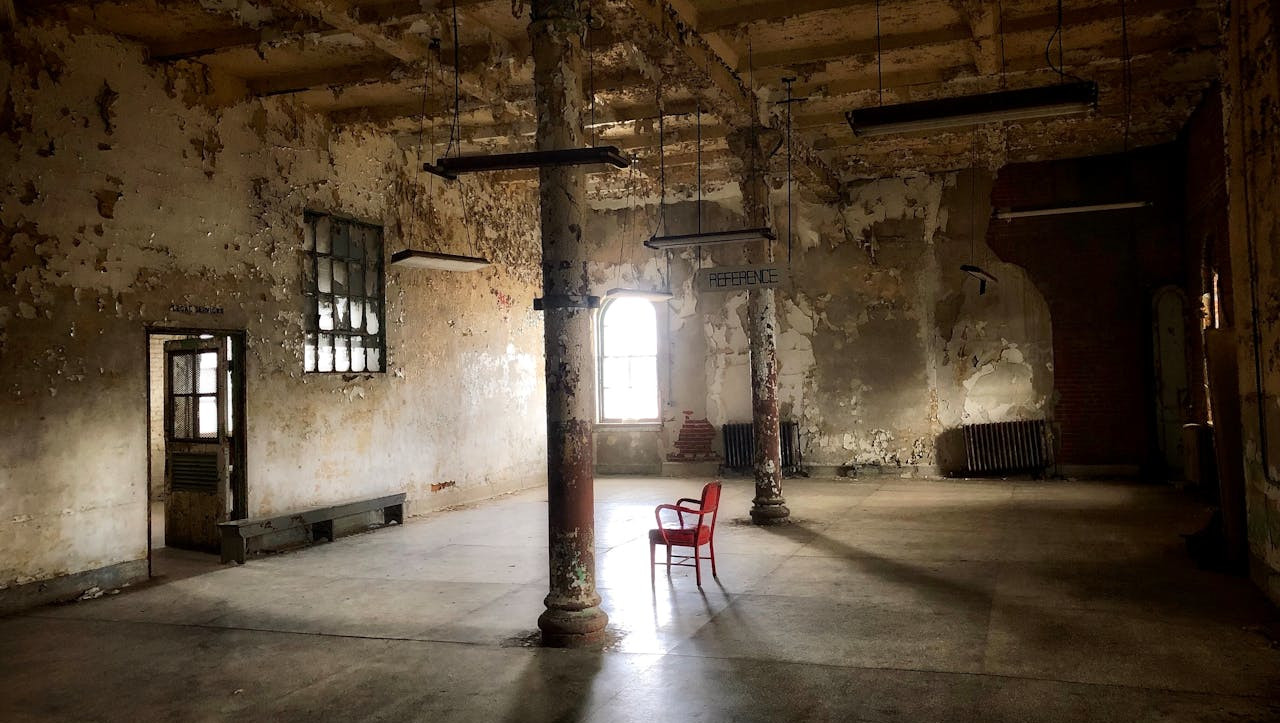
Rolling forecasts are nothing new but I must point out that most hotels don’t use them, and they really should. It’s an incredibly useful tool that is literally worth its weight in gold.
NB: This is an article from Hotel Financial Coach
Subscribe to our weekly newsletter and stay up to date
That being said, it doesn’t weigh much but once you start to use one it’s an indispensable tool that you must have each month, and its impact and importance usually gains weight and momentum into the final few months of the year. Like the plot in a good mystery, it can take a sudden turn and produce an unexpected ending.
To start out we need to define how we produce a rolling forecast and point out the best practices around its creation. Then, we want to understand how we communicate its findings and finally we want to see how we can use it to change financial direction, allowing us yet again a chance to make our numbers.
In the beginning there has to be a budget. Without the budget we can’t have a rolling forecast. A detailed 12-month hotel budget that is compiled by the departmental managers, consolidated by the financial leader, and approved by the brand and ownership. That certainly sounds straightforward and easy enough but it’s anything but easy.
Once we have the budget approved it’s permanently locked up and no more changes are permitted. It stays the same forever, almost like a woolly mammoth from a long-ago forgotten ice age it’s never going to change. That’s the part the rolling forecast plays. Once we roll into the new year or very late in December depending upon your brand’s schedule, you’re going to forecast January, February and March.
The basis for the 30-, 60- and 90-day forecast is most certainly the budget, but now we see the landscape in front of us much more clearly than we did when we wrote the budget in, say, August/September. We now see the rooms on the books, the pace, the groups, and the task at hand is to forecast each month as best we can all the while keeping the budget as a comparison. We also line ourselves up with the same months last year as a meaningful comparison.
Here is an example of how we use the rolling forecast. Let’s say we budgeted a REVPAR in Jan of $150, Feb $140 and March $165. The latest forecast shows us getting somewhat close but falling behind. REVPAR in Jan of $130, Feb $125 and March $170. A mixed bag compared to budget, but clearly we are behind in pace and the revenue picture is not great. So, what do we do now?
Now we pivot and the game’s focus turns from revenues to GOP. What can we do to mitigate any lost profit in the first quarter given our forecasted decrease in revenues compared to the budget? What can we postpone, delay, reduce, eliminate in our operation when it comes to payroll and expenses in Q1 that will help us reduce the loss without killing the patient? That last part is critical. We need to know in detail what we can throw off the sinking ship without it blowing up in our faces.




